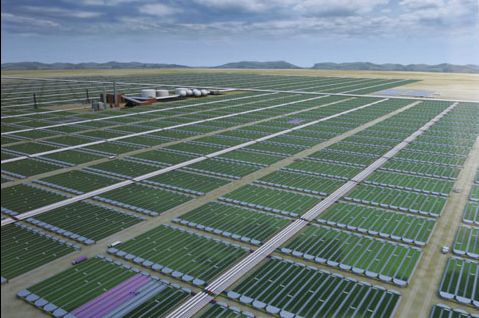First post by new contributor Michael (michael4864 att gmail dotz com)
A great deal of effort is going into controlling the dialogue about many important issues of our times. Take, for example, global warming. There are those who wish to control this “conversation”. It’s instructive to look at this activity for its broader implications on public discourse and policy making.
Let me start by suggesting that there are only two answers and an explanation to the question of whether global warming is occurring. The first answer is: “I don’t know”. While there is preponderance of evidence that has documented important changes to global climate, the larger question of permanent, cataclysmic change is actually undeterminable. Which leads me to the second answer: “I don’t give a damn”.
Now, that answer requires an explanation.
If this dialogue is about creating public policy, then why are we being asked to determine such policy based upon things which we don’t know and can’t actually prove? Is the indeterminable quality of that conversation deliberate? Can we, or should we, actually make policy on that which we don’t know?
Here’s a novel idea: How about determining public policy on what we know? So, what do we know?
We know three things: (1) oil and gas are exhaustible sources of energy; (2) their use injures, kills and pollutes; and (3) our dependence on foreign sources for oil has made America a target for international terrorism and distorts the pursuit of true American self interests.
We don’t have to wait for definitive answers to the question of global warming. We know enough, now, to make responsible public policy. We know enough now to make the decision to promote existing alternative sources and pioneer new sources of renewable energy. It is hard to imagine that America could not easily wean itself off of Middle East Oil… should it want to.
The vast majority of Americans live on a small percentage of our land. And, the vast majority of unpopulated land is in areas that are viable locations for solar, wind and hydroelectrically generation. America’s survivability, today, and even more so in the future is based upon our intellectual capital. We have the most powerful military in the world (not the largest) simply because we excel in the technology that supports our military.
Our future economy will also be dependant on intellectual leadership. What is more relevant to our survival and prosperity than controlling future sources of new, renewable energy? Where is the leadership, today, that will insure our future intellectual capacity? Hell, even some of the oil companies know their future demise and are moving toward a brighter tomorrow. Imagine the job generation that will follow such new technologies. How do we help them and ourselves?
We need to understand that our public dialogue, like much in the world, is controlled by larger interests. Our best defense is an informed and educated population. Most of the problems of this country are solvable. The issues and answers are not “liberal”… “conservative”… “red”… nor “blue”. The issues that are at the core of our future success are those that resonate within the daily lives of the vast majority of Americans who are working hard, raising families, and contributing to the social fabric of our country.
Any public figure who uses divisive terms and language are, somewhere down the line, making money off of sustained public controversy.
And that is something which this country can do without. Let us move the conversation back to a more profound and straightforward dialogue. Let us find our true American voice: the voice of reason.


















































 AIM (bSimmons666)
AIM (bSimmons666) del.icio.us
del.icio.us Digg
Digg MyBlogLog
MyBlogLog Netscape
Netscape StumbleUpon
StumbleUpon Technorati
Technorati








